When he finally arrived in Vienna as a permanent resident in 1795, Beethoven fit into an interesting hiatus in the city’s music life. Mozart‘s recent death left a place open for a daring piano virtuoso and composer. In his first 10 years in the city, Beethoven wrote 20 of his 32 piano sonatas and 3 of his piano concertos—who better to show off his skills than himself?
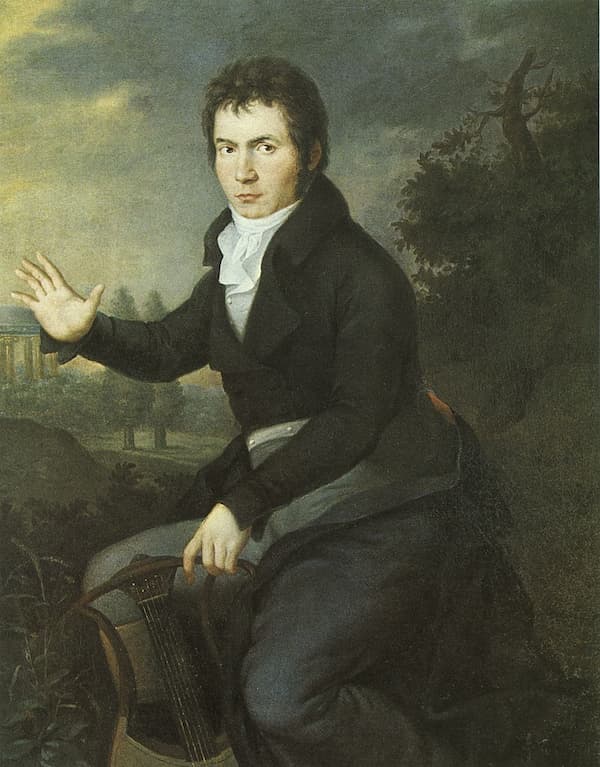
Joseph Willibrord Mähler: Ludwig van Beethoven, ca 1804–1805 (Vienna Museum)
Completed in 1803 and revised in 1804, Beethoven’s Third Piano Concerto started with sketches as far back as 1796, and the first and second movements were completed around 1800. It was given its premiere with the composer at the keyboard on 5 April 1803 in a concert that included the Second Symphony and Christ on the Mount of Olives, his oratorio.
Beethoven was starting to have problems with his hearing as he approached this concerto, and this set him on his new creative path. Music, for him, became a dynamic process, rather than the filling in of architectural forms. One example of this can be seen in his 3rd Symphony, the Eroica, where the first theme isn’t as it is first stated but comes to define its form through the progress of the first movement.
The 3rd Piano Concerto falls between this new compositional method of the Eroica and his earlier Viennese style, when he was more concerned with establishing his name and credentials as a composer and performer.
If we look at just the first movement, we seem to be starting with a theme more intended for a symphonic movement, rather than a concerto movement. The orchestra gives the first statement of the theme, and Beethoven uses the orchestra to create motivic blocks that can be moved around as necessary. He plays with the different registers of the orchestra and inserts his ‘heavy beats on light places’ to play with the rhythms. His focus, however, is the soloist, and the piano is given a brilliant placement that foreshadows much of his later piano writing.
The repeat of the opening gives him the opportunity to play with the opening theme, but the following development is kept short. It’s the final section, with the Coda where the theme seems to really blossom and show its potential.
There’s so much in this work that gives us an indication of the unique way that Beethoven will progress – always challenging the norm, pressing forward with new ideas, and rethinking the usual to create the unusual.
This recording was made in 1958, with Alexander Jenner as soloist under Kurt Richter leading the Symphony Orchestra of the Volksoper Vienna.
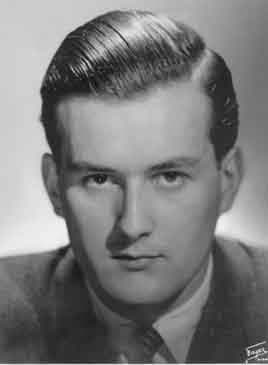
Alexander Jenner
Alexander Jenner (b. 1929) studied in Vienna and, upon graduation in 1949, was awarded the ‘Bösendorfer-Preisflügel’, a grand piano given to the best student of that year graduating from the Vienna State Academy of Music. In 1957, by unanimous jury vote, he was awarded first prize in the Rio de Janeiro Contest for Pianists. As a performer, in addition to the classics, he was active in the promotion of modern music, becoming the first Austrian pianist to perform George Gershwin’s two great piano works, the Rhapsody in Blue and the Concerto in F in 1951; he also gave the premiere of Stravinsky’s Petrouchka for solo piano.
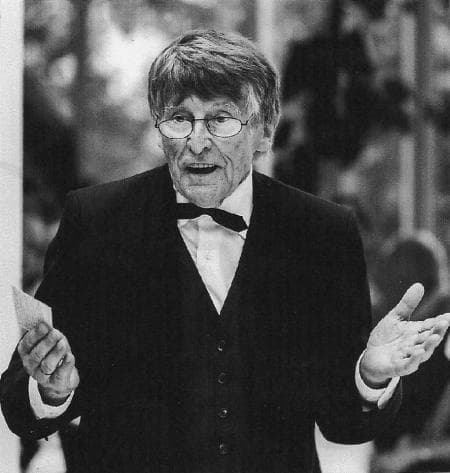
Kurt Dietmar Richter
Kurt Dietmar Richter was a German composer and conductor (1931–2019) who lived in Pilzen, Bohemia, now part of the Czech Republic. He received his musical training in Erfurt, where he fell under the influence of Paul Hindemith and, throughout his life, continued to promote modern music. In 1990, he founded the Berlin artist initiative die neue brücke.
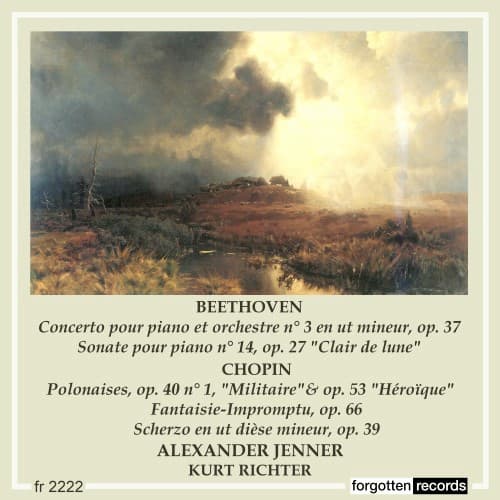
Performed by
Alexander Jenner
Kurt Richter
Symphony Orchestra of the Volksoper Vienna
Recorded in 1958
Official Website
For more of the best in classical music, sign up for our E-Newsletter

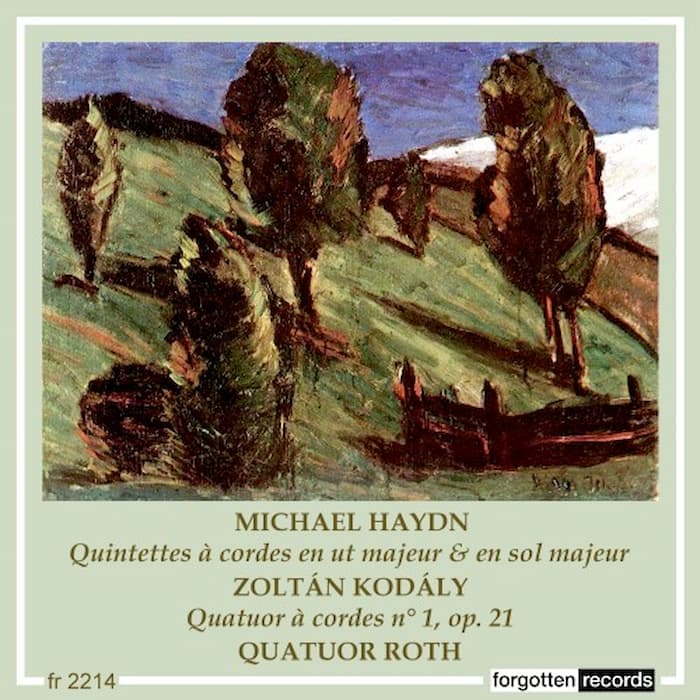
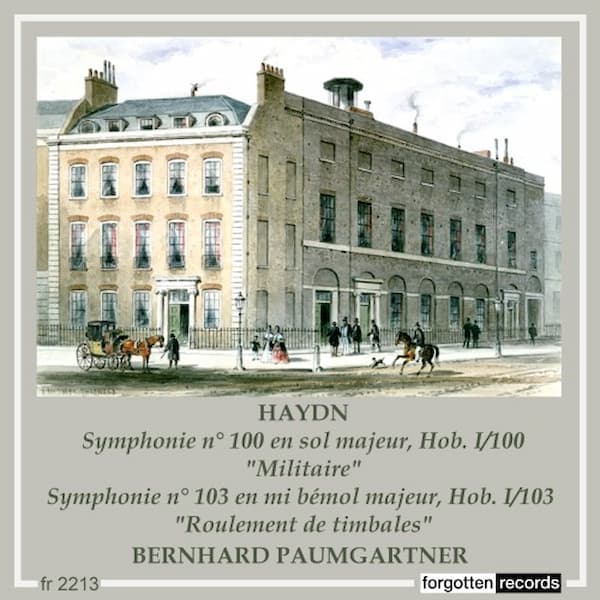
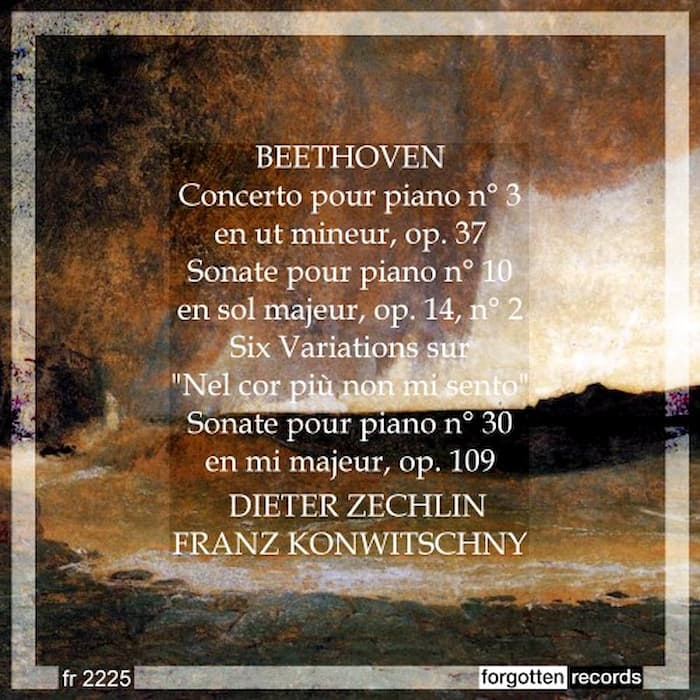
I studied with Jenner in Vienna at the Akademie in 1969 and 1970. A lovely man and a marvelous pianist.